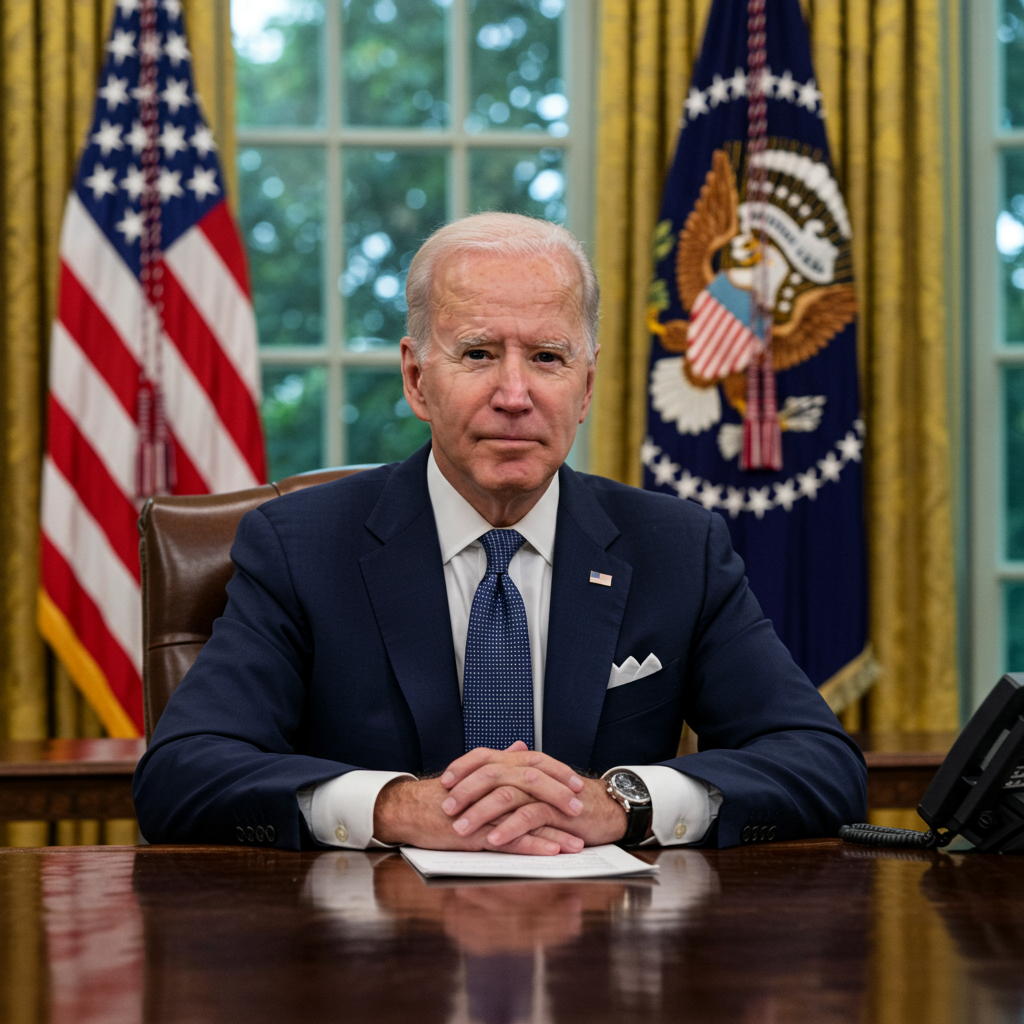Misleading headlines often grab attention, but sometimes they oversimplify complex health topics. Recently, news suggesting exercise is “better than drugs” for preventing cancer recurrence captured widespread interest. This idea is appealing, pitting lifestyle against pharmaceuticals, fitness against “big pharma.” However, this framing is not only inaccurate but fundamentally misunderstands how optimal health is achieved, particularly for complex conditions like cancer.
The truth is, we don’t have to choose between exercise and medical treatments. Leading health outcomes almost always come from a combined approach. This involves integrating cutting-edge medical care with a holistic view of health. Key components include physical activity, proper nutrition, strong social connections, and mental well-being. These elements work together, not in isolation, to support recovery and long-term health.
Clarifying the “Exercise vs. Drugs” Misconception
The idea that exercise could replace established medical treatments like chemotherapy or surgery for cancer is a dangerous misconception. These medical interventions are proven life-saving therapies for treating existing cancer. The headlines prompting this discussion stemmed from a specific research study. It’s crucial to look at what that study actually investigated to understand the real findings.
The study, published in a leading medical journal, focused on patients who had already undergone surgery and completed chemotherapy for colon cancer. Colon cancer is significant, ranking as the third most common cancer and the second leading cause of cancer-related deaths globally. The research didn’t compare exercise against cancer medicines. Instead, it explored how adding structured exercise after standard treatment impacted patient outcomes. The question wasn’t about replacing drugs, but about enhancing recovery and potentially preventing the cancer from returning through physical activity.
Inside the Groundbreaking Colon Cancer Study
The large-scale, randomized trial took place across 55 centers, primarily in Australia and Canada, between 2009 and 2024. Researchers enrolled 889 patients who had successfully completed surgery and adjuvant chemotherapy for colon cancer. These participants were randomly assigned to one of two groups for a three-year period:
- Structured Exercise Group (445 patients): Received comprehensive health education materials, including an exercise guidebook specifically for colon cancer survivors. Crucially, they also received support from a certified personal trainer. The program involved mandatory in-person behavioural support and supervised exercise sessions, particularly intensive during the first six months. The frequency of supervised sessions gradually decreased over the following two and a half years to help patients develop independent exercise habits.
- Health Education Group (444 patients): Received only general health education materials discussing the benefits of physical activity and a healthy diet. They did not receive structured support or supervision for exercise.
At the end of the study period, researchers followed up with patients for a median of nearly eight years.
Key Findings: Structure Makes the Difference
The results were compelling and provided clear direction for supporting cancer survivors. The structured exercise group demonstrated significantly longer disease-free survival compared to the health education group. Specifically, 90.3% of patients in the structured exercise program remained disease-free, compared to 83.2% in the health education group.
Interestingly, while both groups reported increasing their overall physical activity levels over the three years of the intervention, only the structured exercise group successfully met the specific goal of increasing moderate to vigorous physical activity consistently. This targeted increase equated to adding roughly an hour of brisk walking three to four times per week or a 30-minute jog multiple times per week to their existing routines.
This finding underscores a critical insight: simply knowing that exercise is good for you, even after a life-threatening illness like cancer, is often insufficient to translate into sustained behaviour change. The structured program provided the necessary framework, guidance, and accountability that empowered patients to actually adopt and maintain higher levels of vigorous activity.
Why Structured Support is Crucial for Recovery
The study’s authors and many experts highlighted that the difference in outcomes likely stemmed from the way exercise was implemented. Giving people health education materials is passive. Providing structured, supervised, and supported exercise is active and addresses the significant barriers many individuals face when trying to adopt new habits, especially after the physical and emotional toll of cancer treatment.
Here’s why structure, supervision, and social contact played such a vital role:
Habit Change is Hard: Changing established routines or starting new ones requires effort and persistence. Post-cancer treatment can be a period of fatigue and uncertainty, making behaviour change even more challenging.
Guidance and Confidence: A certified personal trainer provides expert guidance on safe and effective exercise techniques tailored to a survivor’s needs. This builds confidence and reduces fear of injury or overexertion.
Accountability and Motivation: Scheduled, supervised sessions create accountability. Knowing someone is expecting you or that you have dedicated time for exercise provides motivation to show up, even on difficult days.
Social Connection: Participating in a program, even if not explicitly group-based, involves regular interaction with a trainer and potentially other program staff. This social contact can combat isolation and provide emotional support, which is also crucial for health outcomes. As the study authors noted, the better outcomes could also be linked to the social contact experienced by the exercise group participants.
Personalization: A structured program can adapt to individual needs and progress, ensuring the exercise is appropriate and sustainable.
Being told to “move more” is easy advice to give but notoriously difficult for many to follow consistently. The study convincingly demonstrated that investing in the support systems needed for habit change yields tangible, positive results in health outcomes for cancer survivors.
Beyond Exercise: A Holistic Approach to Health
The study’s findings reinforce a broader understanding of health and recovery. Medical treatments are foundational, but they are often most effective when supported by comprehensive lifestyle interventions. This perspective aligns with the expertise of public health professionals who advocate for addressing health through multiple lenses – not just medication.
Consider the complexity of human health, as highlighted by challenges like antimicrobial resistance (AMR) or managing chronic conditions like menopause symptoms. Tackling AMR requires international cooperation across health, agriculture, and veterinary sectors – a far cry from a simple “drug vs. no drug” choice. Similarly, managing menopause symptoms effectively involves exploring various options, from hormone therapy to new non-hormonal drugs like Veoza (though cost and accessibility remain significant barriers), alongside diet, exercise, and mental health support. Health problems rarely have single-point solutions.
For cancer survivors, integrating physical activity with diet, maintaining social connections, and addressing mental well-being are not just “nice-to-haves”; they are essential components of long-term recovery and reducing the risk of recurrence. The study provides robust evidence for prioritizing structured physical activity support within this holistic framework.
Finding Affordable Exercise Support
Understanding the importance of structured exercise is the first step. The next is finding ways to access it. While one-on-one personal training can be expensive, there are more affordable options. Many community centers offer subsidized fitness programs, sometimes specifically for cancer survivors. Non-profit organizations focused on cancer support often provide resources or direct access to exercise programs.
Local parks departments might run affordable boot camps or fitness classes that offer a mix of structure and social interaction. Some discount gym chains offer inexpensive classes that provide supervised sessions. Even online platforms can offer structured programs, though they may lack the in-person social element that benefits many. The key is to seek out programs that offer guidance and consistency, rather than attempting to navigate increased physical activity alone. Investing time and effort in finding and committing to a structured program can be one of the best investments a cancer survivor can make in their long-term health.
The real takeaway from the research isn’t that exercise is a substitute for cancer drugs. It’s that adding structured, supported physical activity after* medical treatment can significantly improve disease-free survival. The health education group’s results showed that knowledge alone isn’t powerful enough to drive necessary behaviour change. Support, structure, and connection are vital ingredients for successful exercise adoption and, consequently, better health outcomes for cancer survivors.
Frequently Asked Questions
What did the main study discussed actually find about exercise for cancer survivors?
The study published in the New England Journal of Medicine found that colon cancer patients who participated in a structured exercise program after surgery and chemotherapy had significantly longer disease-free survival (90.3%) compared to a group that received only general health education (83.2%). It showed that adding supported exercise improved outcomes but did not compare exercise against standard cancer treatments.
Why is structured exercise more effective than just telling people to exercise after cancer?
The study suggested that simply providing information about exercise benefits is not enough to change behaviour, especially after challenging cancer treatment. Structured programs, often involving supervised sessions and personal trainer support, provide guidance, build confidence, create accountability, and offer valuable social connection. These elements help patients overcome barriers and consistently engage in moderate to vigorous physical activity, leading to better health outcomes.
How can cancer survivors find affordable structured exercise support?
Accessing structured exercise doesn’t always require expensive one-on-one training. Look for community centers, non-profit cancer support organizations, or local park programs that offer subsidized fitness classes. Discount gym chains often provide affordable group fitness options. The goal is to find a program that offers guidance, consistency, and ideally some form of supervision or social interaction.
Conclusion
The conversation shouldn’t be framed as “exercise versus drugs” for cancer recovery. Instead, the focus should be on the powerful synergy created when advanced medical treatments are combined with robust lifestyle interventions, including structured exercise. The recent colon cancer study provides compelling evidence that supported physical activity after treatment is not merely beneficial, but a critical component that can significantly improve long-term survival rates. It highlights the need for healthcare systems and support networks to move beyond just providing health information and invest in practical, structured programs that empower survivors to adopt healthy habits effectively. Ultimately, optimal health outcomes for cancer survivors come from a comprehensive approach that treats the disease while also vigorously supporting the patient’s overall physical, mental, and social well-being.




